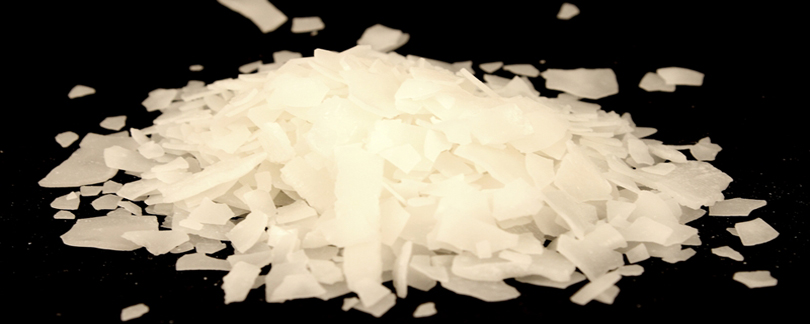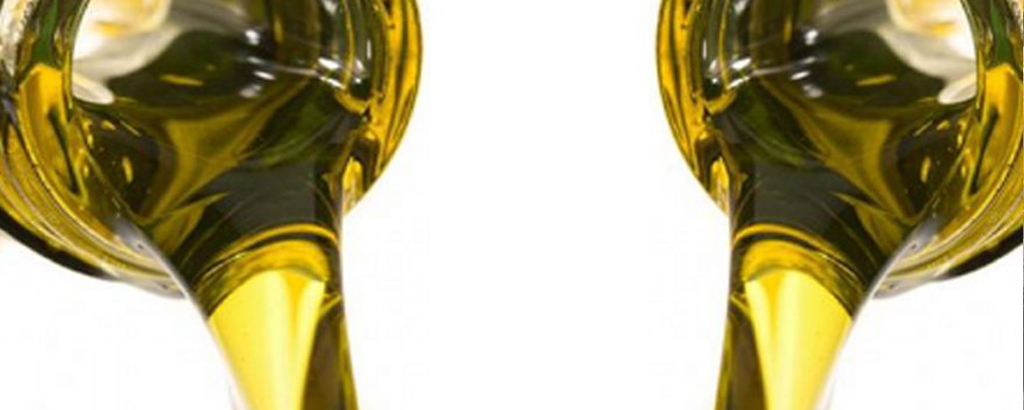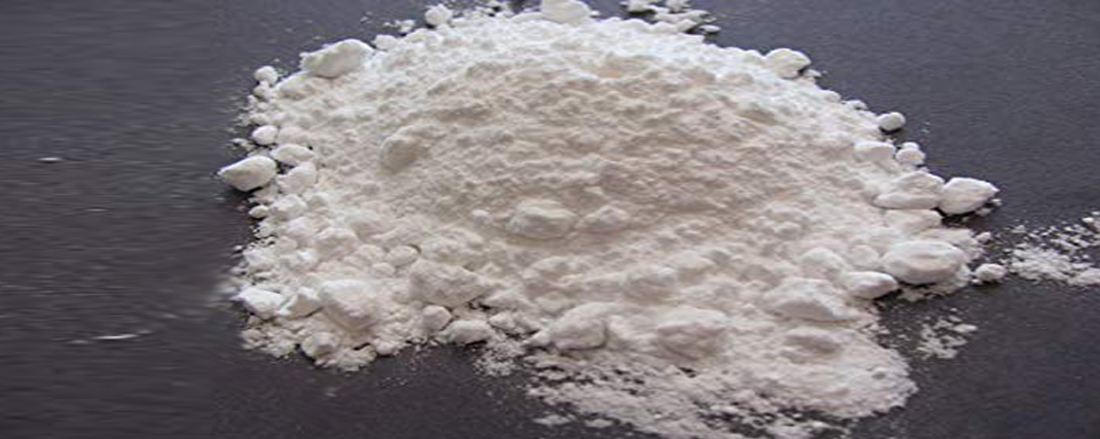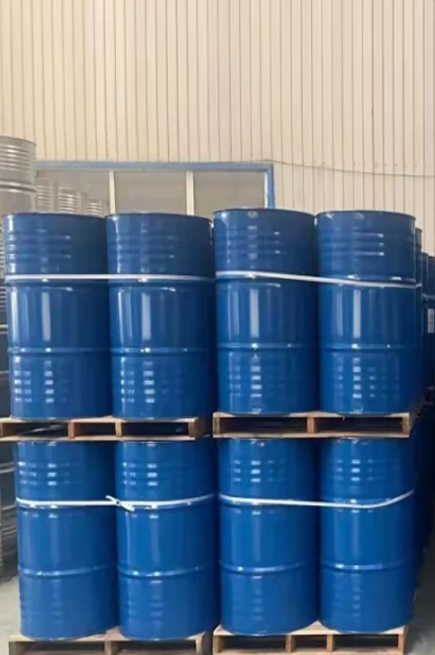Kenya Chemical is one of the leading Sodium bisulfate Exporters, Manufacturers, Suppliers, and Producers in Nairobi, Rwanda, Uganda, Tanzania, Burundi, Congo, South Africa, South Sudan, Zambia, Nigeria, Namibia, Ghana, Malawi Nairobi Kenya.
Sodium bisulfate, also known as sodium hydrogen sulfate, is the sodium salt of the bisulfate anion, with the molecular formula NaHSO4. Sodium bisulfate is an acid salt formed by partial neutralization of sulfuric acid by an equivalent of sodium base, typically in the form of either sodium hydroxide (lye) or sodium chloride (table salt). It is a dry granular product that can be safely shipped and stored. The anhydrous form is hygroscopic. Solutions of sodium bisulfate are acidic, with a 1M solution having a pH of around 1.
Uses: Sodium bis ulfate, or dry acid, is an acid salt known as sodi um hydrogen sulf ate. It can be used in a lot of ways such as food additives and cleaning, but in swimming pools, it's often used to lower pH balance and total alkalinity when they get too high. Porous aluminium can be fabricated by anodizing the metal in sodium hydrogen sulphate.
use
1. It can be used as a pH regulator instead of sulfuric acid. Unlike sulfuric acid, it is not dangerous to transportation and use and can be easily carried out.
2. As a corrosive agent, clear dirt and rust: it can be used to make antique pottery, and can be used as a pretreatment agent for vitrified tiles, marble, plastic products, detergents for bathrooms, pickling and electroplating.
3. It can be used in bleach auxiliaries, leather, pulp and dyeing auxiliaries.
4, can be used as food preservatives and pH adjusters: mainly used for dried fruits, fresh fruits, lemon juice, meat and fresh vegetables.
5. Used as a land improver to adjust the pH of the soil.
6. Disinfection, sterilization and air purification: used for intensive poultry breeding, hospitals and public places. Its effects are:
(1) Purify the air: inhibit the generation of odor-producing substances such as indole and skatole, and quickly eliminate odors and poisonous gases, especially ammonia, amines, and old fat and protein.
(2) Prevention of epidemic diseases: inhibit the growth of harmful bacteria (such as E. coli) and pathogenic bacteria (such as infectious bronchitis virus), balance saprophytic bacterial communities, inhibit indigenous parasites, kill young insects, control mosquitoes, cockroaches, etc .
7. Catalysts that can be used in the field of polymer synthesis: such as butyl ferulate, tributyl citrate, dibutyl oxalate, etc. as catalysts in the chemical industry.
8, and used in the production of sulfate and alum.
Sodium bisulfate, also known as sodium hydrogen sulfate, is the sodium salt of the bisulfate anion, with the molecular formula NaHSO4. Sodium bisulfate is an acid salt formed by partial neutralization of sulfuric acid by an equivalent of sodium base, typically in the form of either sodium hydroxide (lye) or sodium chloride (table salt). It is a dry granular product that can be safely shipped and stored. The anhydrous form is hygroscopic. Solutions of sodium bisulfate are acidic, with a 1M solution having a pH of around 1.
Uses: Sodium bis ulfate, or dry acid, is an acid salt known as sodi um hydrogen sulf ate. It can be used in a lot of ways such as food additives and cleaning, but in swimming pools, it's often used to lower pH balance and total alkalinity when they get too high. Porous aluminium can be fabricated by anodizing the metal in sodium hydrogen sulphate.
use
1. It can be used as a pH regulator instead of sulfuric acid. Unlike sulfuric acid, it is not dangerous to transportation and use and can be easily carried out.
2. As a corrosive agent, clear dirt and rust: it can be used to make antique pottery, and can be used as a pretreatment agent for vitrified tiles, marble, plastic products, detergents for bathrooms, pickling and electroplating.
3. It can be used in bleach auxiliaries, leather, pulp and dyeing auxiliaries.
4, can be used as food preservatives and pH adjusters: mainly used for dried fruits, fresh fruits, lemon juice, meat and fresh vegetables.
5. Used as a land improver to adjust the pH of the soil.
6. Disinfection, sterilization and air purification: used for intensive poultry breeding, hospitals and public places. Its effects are:
(1) Purify the air: inhibit the generation of odor-producing substances such as indole and skatole, and quickly eliminate odors and poisonous gases, especially ammonia, amines, and old fat and protein.
(2) Prevention of epidemic diseases: inhibit the growth of harmful bacteria (such as E. coli) and pathogenic bacteria (such as infectious bronchitis virus), balance saprophytic bacterial communities, inhibit indigenous parasites, kill young insects, control mosquitoes, cockroaches, etc .
7. Catalysts that can be used in the field of polymer synthesis: such as butyl ferulate, tributyl citrate, dibutyl oxalate, etc. as catalysts in the chemical industry.
8, and used in the production of sulfate and alum.
Sodium bisulfate, also known as sodium hydrogen sulfate, is the sodium salt of the bisulfate anion, with the molecular formula NaHSO4. Sodium bisulfate is an acid salt formed by partial neutralization of sulfuric acid by an equivalent of sodium base, typically in the form of either sodium hydroxide (lye) or sodium chloride (table salt). It is a dry granular product that can be safely shipped and stored. The anhydrous form is hygroscopic. Solutions of sodium bisulfate are acidic, with a 1M solution having a pH of around 1.
Uses: Sodium bis ulfate, or dry acid, is an acid salt known as sodi um hydrogen sulf ate. It can be used in a lot of ways such as food additives and cleaning, but in swimming pools, it's often used to lower pH balance and total alkalinity when they get too high. Porous aluminium can be fabricated by anodizing the metal in sodium hydrogen sulphate.
use
1. It can be used as a pH regulator instead of sulfuric acid. Unlike sulfuric acid, it is not dangerous to transportation and use and can be easily carried out.
2. As a corrosive agent, clear dirt and rust: it can be used to make antique pottery, and can be used as a pretreatment agent for vitrified tiles, marble, plastic products, detergents for bathrooms, pickling and electroplating.
3. It can be used in bleach auxiliaries, leather, pulp and dyeing auxiliaries.
4, can be used as food preservatives and pH adjusters: mainly used for dried fruits, fresh fruits, lemon juice, meat and fresh vegetables.
5. Used as a land improver to adjust the pH of the soil.
6. Disinfection, sterilization and air purification: used for intensive poultry breeding, hospitals and public places. Its effects are:
(1) Purify the air: inhibit the generation of odor-producing substances such as indole and skatole, and quickly eliminate odors and poisonous gases, especially ammonia, amines, and old fat and protein.
(2) Prevention of epidemic diseases: inhibit the growth of harmful bacteria (such as E. coli) and pathogenic bacteria (such as infectious bronchitis virus), balance saprophytic bacterial communities, inhibit indigenous parasites, kill young insects, control mosquitoes, cockroaches, etc .
7. Catalysts that can be used in the field of polymer synthesis: such as butyl ferulate, tributyl citrate, dibutyl oxalate, etc. as catalysts in the chemical industry.
8, and used in the production of sulfate and alum.
When you order in our company, we will immediately arrange shipment and update your tracking information by email. In addition, we can also arrange door-to-door service delivery to your office or factory directly by our forwarders. For more information or to request a particular product, call customer services or the Given website Email address.
mail@kenyachemical.com





